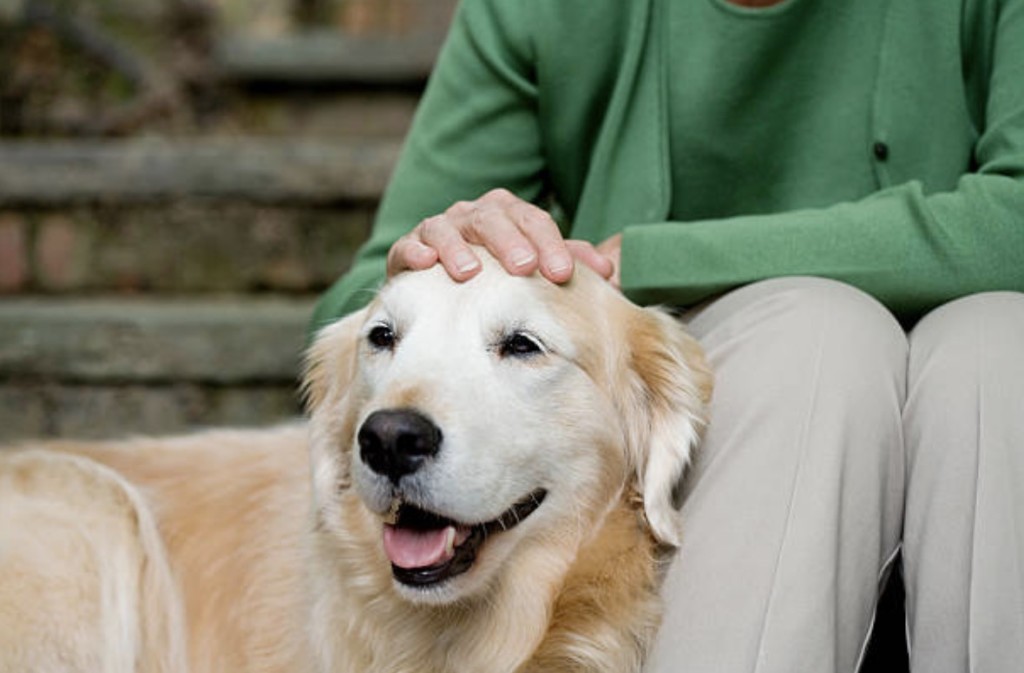Individuals who are blind and visually impaired benefit from the help of guide dogs. Only a very small percentage of trained dogs actually become guide dogs. These service animals are much better than canes because they prevent their owners from hitting obstacles in their path.
Janet Hunt got blind in 1996 and uses a guide dog. She admits that she never felt confident enough to go out with a cane. Having her guide dog with her allowed her to move more swiftly.
Christine Ross, also a visually impaired woman, relies on a guide dog to help her walk in a straight line. She used to have problems with stairs but her guide dog makes sure that she doesn’t fall down.
Kim Bannatyne lost her vision to a genetic disorder called retinitis pigmentosa. Since 2014, she used a guide dog.
Hunt, Ross, and Bannatyne have encountered business owners who frequently question their dogs. Confusion has risen among the public due to the increasing use of other assistance animals – service dogs and emotional support dogs.
Also, Hunt mentions that guide dogs should not be distracted when at work. Distracting them will put their owners’ safety in jeopardy.
Article source: Winnipeg Sun
Do you own an assistance animal? Register your pet.
The Service Animal Registry of California invites you to have your assistance animal registered in order to designate its status. We also encourage you to take our online classes so you can be fully aware of your rights and gain more knowledge about your support animal.
Finally, we present to you our book entitled, “ASSISTANCE ANIMAL LAWS: LEARN YOUR RIGHTS REGARDING SERVICE ANIMALS, EMOTIONAL SUPPORT ANIMALS, THERAPY PETS, AND OTHER DOGS, CATS, AND ASSISTANCE ANIMALS” to provide you with a complete education on assistance animals.
Purchase your copy of the book by clicking the text or image below.


